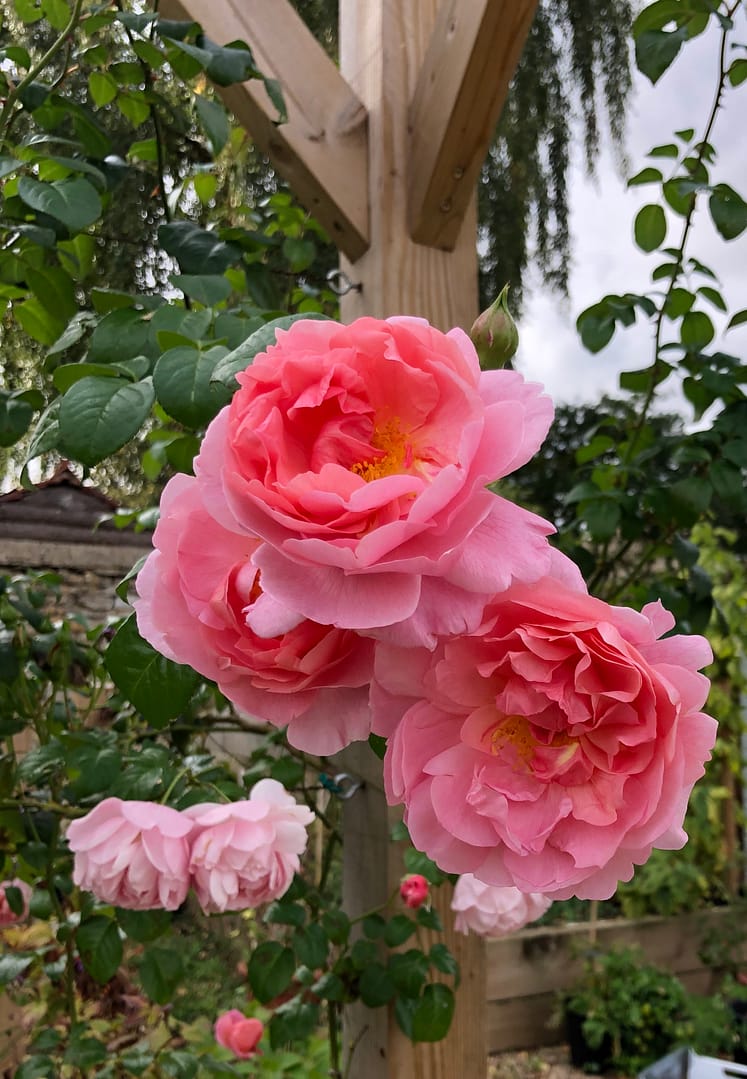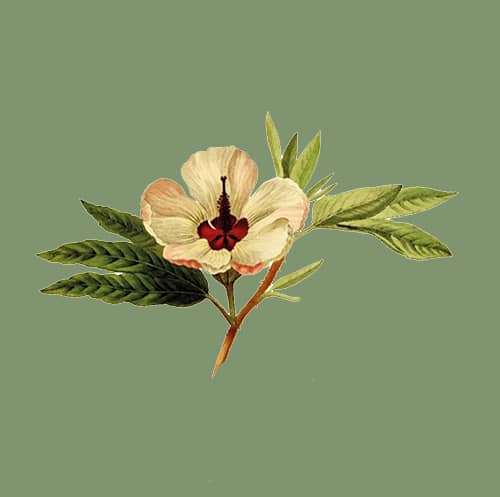As the frosts begin to thaw and as we head into the midwinter, we are swiftly beginning to approach the season of essential rose pruning.
With the next few months playing a crucial role in garden preparation, rose pruning is the next task on our team’s winter task list. Promoting an extended lifetime for your plants, winter rose pruning also helps to significantly enrich your rose’s overall health and growth. Put together by our skilled team of horticulturalists, this gentle guide includes a variety of valuable tips and tricks that will ensure that your roses remain beautifully fragrant and nourished all year long.
When should my roses be pruned?
Typically, rose pruning traditionally takes place in the later winter months, from January through to March, when the roses are beginning to exhibit signs of growth. However, there are some exceptions to this rule, such as rambling roses. This variety of rose specifically requires pruning straight after flowering during the summertime. Due to their speedy growth rate, summer pruning allows rambling roses to be exposed to both a better airflow and reduces their risk of obtaining disease.

What are the benefits?
Establishing a tidy and elegant appearance, the first benefit of rose pruning that naturally springs to mind is the neat floral display that it shapes. Encouraging a truly heavenly aesthetic, there are also many other benefits to the rose itself that are catalysed through careful rose pruning. Firstly, cutting back considerably in the wintertime most importantly ensures that your rose will achieve the finest growth, encouraging an abundance of blooms to flourish beautifully in the warmer months ahead. Pruning also enables you to remove any diseased or sickened foliage, improving your rose’s overall health.
Tips and tricks for performing the perfect rose prune
When preparing to complete a rose prune, you firstly want to make sure that your secateurs are freshly sharpened and are prepped with a suitable disinfectant. This small yet important detail will encourage your cuts to be both smart and clean whilst significantly reducing the opportunity for disease to develop.
To prevent water buildup from gathering at the rose tips, all cuts should be approximately 0.5cm from the bud and should be angled in the opposite direction from their natural orientation. However, when pruning roses with wilder growth tendencies, it is best to prune these stems inward, as this influences the plant to grow at a more vertical angle.
Do your roses require a touch of attention? Get in touch today to discover how we include these seasonal tasks within our tailored garden care plans.


